In 2021, we saw the launch of Breeze Airways, a new ultra low cost carrier founded by serial airline entrepreneur David Neeleman (also behind JetBlue, WestJet, Azul, and more).
On the surface, the carrier’s business model seemed like a huge value-add for the traveling public — the airline primarily flies Airbus A220s in a very comfortable configuration in point-to-point markets that are underserved. Breeze is an ultra low cost carrier with a pleasant product.
As great as that sounds, so far the airline is struggling to turn a profit (and that’s being polite). Executives at the airline claim that the company will turn a profit in 2024. We now have some interesting insights into how the airline closed out 2023.
In this post:
Breeze Airways’ financials aren’t pretty
In this post I wanted to take a look at what we know about Breeze Airways’ financials. Breeze isn’t publicly traded, so we don’t get detailed financials. However, even privately owned airlines have to submit a Form 41 Financial Schedule with the US Department of Transportation (DOT), which has all kinds of fascinating details.
The website enilria.com has a detailed look at how Breeze’s financials have evolved. Let’s just take a look at Breeze’s revenue and operating expenses for eight consecutive quarters from Q1 2022 to Q4 2023:
Quarter | Revenue | Expenses | Profit (Loss) | Margin |
Q1 2022 | $17,194,380 | $38,221,230 | ($21,026,850) | -122% |
Q2 2022 | $28,113,070 | $64,617,250 | ($36,504,180) | -130% |
Q3 2022 | $34,470,200 | $72,366,360 | ($37,896,160) | -110% |
Q4 2022 | $55,574,110 | $86,233,630 | ($30,659,520) | -55% |
Q1 2023 | $67,378,610 | $115,400,500 | ($48,021,890) | -71% |
Q2 2023 | $99,875,240 | $127,879,820 | ($28,004,580) | -28% |
Q3 2023 | $97,112,000 | $146,951,000 | ($49,839,000) | -51% |
Q4 2023 | $120,878,830 | $152,184,890 | ($31,306,060) | -26% |
Now, it takes some time for an airline to establish itself, and it’s expected that an airline will lose money for some amount of time after launch. That’s one of the reasons the airline raised over $300 million in capital to launch operations.
By my math, the airline had an operational loss approaching $300 million over the course of eight quarters, which is a lot. That means the company has burned through nearly all of its startup capital in those quarters alone (never mind that much of the capital was presumably used to actually launch operations).
Beyond that, the margins here are just beyond awful. Admittedly they’re improving considerably over time, but when you’re staring with margins of -122%, that’s not so hard to do. It’s sad that Q4 2023 basically looks like an amazing performance compared to most previous quarters, even though the airline still had a margin of -26%.
There is one mystery element to these financial results that’s worth mentioning. Cranky Flier had a fascinating guest post some time back, looking at one unusual part of Breeze’s financials. Financial data shared with the DOT provides a breakdown of expenses, and expenses are put into a variety of categories.
These categories include things like salaries, aircraft fuel, maintenance, advertising, and more. One thing that stands out is Breeze has an “other” category of expenses, which in many quarters is the single biggest expense there is. Yes, bigger than salaries, and bigger than fuel. Meanwhile at virtually all other airlines, that “other” category has close to zero in expenses.
In 2022, that “other” category made up roughly 25% of expenses every quarter, while in 2023, that “other” category made up roughly 33% of expenses every quarter. The consistent percentage of expenses made up by that category each quarter sure makes you wonder what’s going on here.
Obviously this is a huge part of Breeze’s financials, yet we don’t actually know what that entails. And suffice it to say that details of that would tell us a big part of Breeze’s financial reality. It’s all very strange.
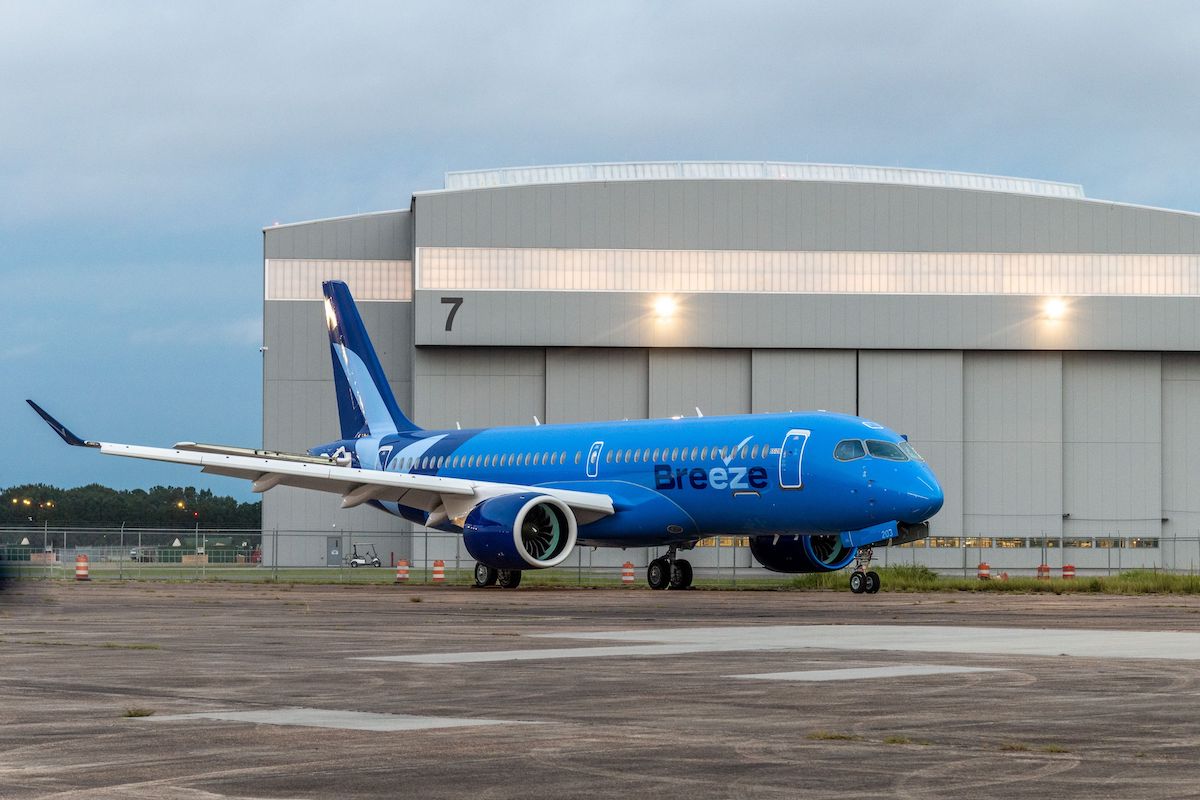
Why has Breeze Airways been struggling to be profitable?
As a passenger, I love the idea of Breeze Airways, as it’s an airline with a fairly impressive product, much better than you’ll find on other ultra low cost carriers. Before the airline launched, Neeleman claimed that the company could break even with a fairly low load factor, all while parking planes for several days per week, thanks to its amazing cost structure.
So, what went wrong, causing the airline to be losing massive amounts of money? After all, the airline is flying efficient planes. Keep in mind that the DOT publishes data about demand between city pairs, so when airlines like Breeze decide which point-to-point routes to operate, they use that data to make decisions.
How can Breeze get stuff so wrong? The way I view it, there are some major issues:
- Breeze’s labor costs have been way higher than expected; at the time that Breeze prepared to launch, there was a pilot surplus rather than a pilot shortage, so pilot pay has increased considerably
- Breeze has been all over the place in terms of its network, and has added and canceled routes at a pace I’ve never seen before from any airline; while it’s good to be flexible, this has caused a lot of passengers to lose faith in the airline, after a route was canceled with no alternatives
- Breeze’s network is just too fragmented, to the point that few people can really be loyal to the airline, or fly with the airline repeatedly; it’s not like Sprit, which has a huge presence in markets like Baltimore, Fort Lauderdale, etc.
- While there’s clearly demand in the markets in which Breeze is flying, I think route planners underestimated how challenging it is to gain market share as an unknown player in a market; some people probably prefer to connect on an airline they know, vs. one they haven’t heard of
- Breeze has fairly limited distribution channels, which is a major issue for an airline without much name recognition; on top of that, the airline hasn’t done much to market itself
- Breeze’s business model is based loosely on Allegiant’s business model, with operating point-to-point routes in underserved markets; what’s different is that Allegiant has mostly found success serving smaller airports in larger metropolitan areas, while Breeze primarily flies to larger airports
- I think Breeze has the same issue as some other airlines that don’t perform so well financially, where the carrier is trying to offer a slightly better product than the competition, but can’t get a revenue premium for it; for example, Breeze has first class-style seats, though it doesn’t seem like that’s going all that well
- While the A220 has amazing economics in terms of operating costs, the planes are still expensive, compared to acquiring used aircraft
Now, to Breeze’s credit, the airline claims that 2024 will be a turnaround year. Breeze executives insist the airline will be profitable in 2024, and even state that March 2024 was the company’s first ever profitable month. In fairness, Easter fell in March of this year, and it’s when spring break was for most people. That’s going to be one the best months for a domestic point-to-point airline.
Breeze has addressed some of its challenges and is trying to tap into new revenue opportunities, from forming a partnership with Priceline, to launching a co-branded credit card. Furthermore, Breeze is streamlining operations, and by the end of the year plans to operate all scheduled flights with Airbus A220s, while using Embraer E190/E195s exclusively for charters.
What remains to be seen is if Breeze has a legitimate chance of being profitable in 2024, or if that’s just a pipe dream on the part of management, based on some wonky projections.
Bigger picture, the question is if there’s a long term path for non-legacy airlines to be profitable in the United States. At this point, profits in the US airline industry are largely coming from long haul premium travel, as well as lucrative credit card agreements. That’s not something that smaller domestic airlines can tap into as easily.
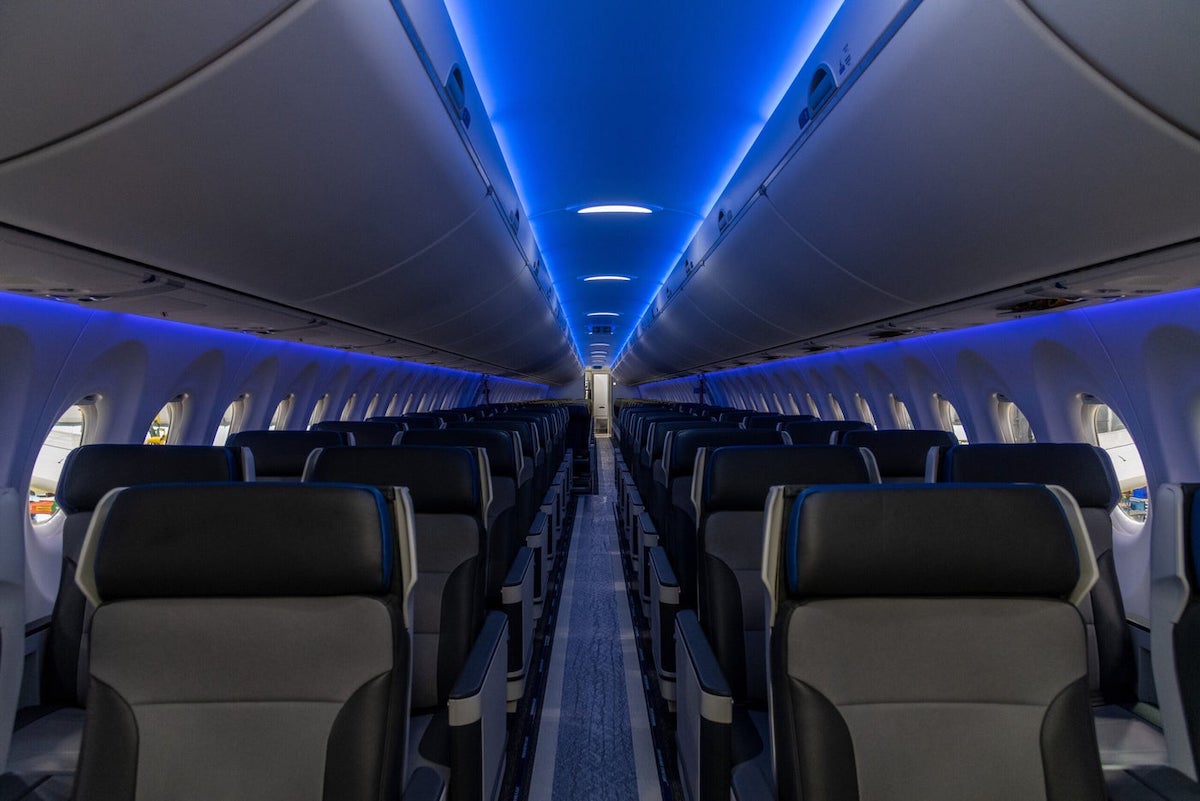
Bottom line
While things seem to be improving at Breeze Airways, the airline is still struggling. In 2022 and 2023, the airline had operational losses of nearly $300 million, on just over $500 million in revenue. It takes airlines time to become profitable, though these numbers are particularly bleak. As a point of comparison, Avelo Airlines launched around the same time, and is doing much better financially.
Now, what makes this all very interesting is that Breeze executives claim the airline will turn a profit in 2024. I’m not sure how exactly they plan to accomplish that. Sure, things are improving, but a -26% margin is still a long ways from profitability. Furthermore, being profitable in the month of March is no guarantee for year-round profitability.
What do you make of Breeze’s financials, and the carrier’s prospects of becoming profitable?
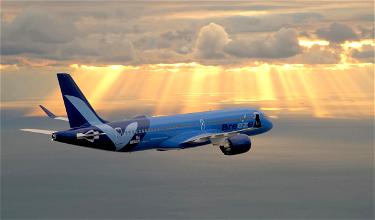

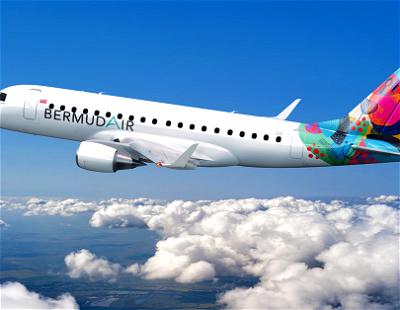

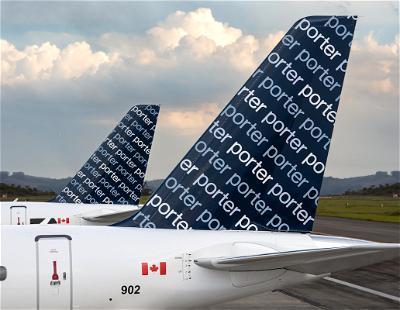
Breeze is an LCC not a ULCC.
A loss of 26% is much lower of a loss that 51% plus. It also is interesting to see that the amount of the loss seems to be seasonal. Some quarters only done 20(ish)% whereas others 50%+.
I can attest to some of the comments made in the article as I live in one of its focus cities. Service to LAX came and went in a flash!!! Not even enough time to get a reservation in. Same thing with a city in Florida. Also, few, if any, in my town even know of Breeze. Maybe a blurb on the news about a new route, but that's it.
As for its financials,...
I can attest to some of the comments made in the article as I live in one of its focus cities. Service to LAX came and went in a flash!!! Not even enough time to get a reservation in. Same thing with a city in Florida. Also, few, if any, in my town even know of Breeze. Maybe a blurb on the news about a new route, but that's it.
As for its financials, odd for so much cash is exiting via the "other" category. My guess is the venture capitalist who initially financed the airline are recouping their investment immediately via dividends or repayment of short term debt. Should Breeze go public, it will need to put several years of its past financials in standard GAAP format with full disclosure to fully inform potential investors. Thats when we find out where the cash has gone.
They are so wildly unreliable at XNA - if you book them, you pretty much have to assume that your arrival time will be at least an hour later than scheduled, probably 2-3.
It’s anecdotal I know, but it seems like every time I fly in or out of XNA (3-4 times a month), there is a Breeze flight that’s delayed.
Friends flew XNA-MSY last week and arrived 3 hours late (10:30pm). I guess...
They are so wildly unreliable at XNA - if you book them, you pretty much have to assume that your arrival time will be at least an hour later than scheduled, probably 2-3.
It’s anecdotal I know, but it seems like every time I fly in or out of XNA (3-4 times a month), there is a Breeze flight that’s delayed.
Friends flew XNA-MSY last week and arrived 3 hours late (10:30pm). I guess that’s still better than connecting on this particular route, but annoying nonetheless. The flight was continuing to MCO and lord knows what time it actually got there.
And of course if they cancel, you’re completely out of luck.